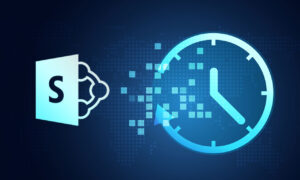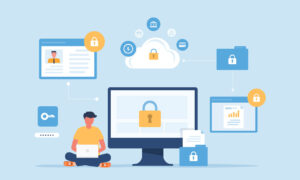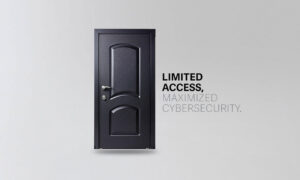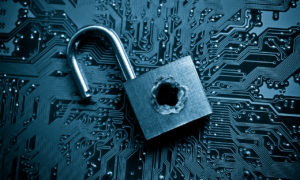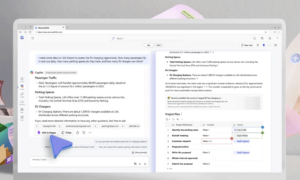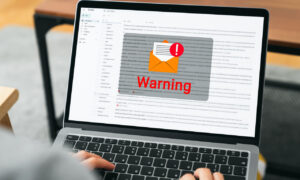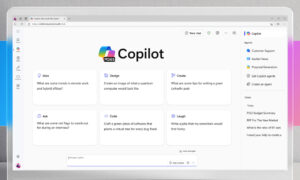Did you know hardware and software expire too?
We are all familiar with the term “use by date,” which is typically associated with food and medication. But did you know that software and hardware can expire too? Because technology is ever-changing, what was once cutting-edge can become obsolete in the blink of an eye.

While many people may not think twice about using outdated technology, there are business continuity, security, and privacy implications for your business that cannot be ignored. Obsolete technology is often less secure than newer versions because it doesn’t receive modern security features or patches from the manufacturer’s or software company’s support team. Additionally, outdated technology may not be compliant with current privacy regulations, meaning your data could be at risk.
So, what does this mean for you and your organization?
Staying up to date with the latest software programs and hardware is crucial.
To protect your business from the downfall of outdated technology, you need a plan for when your systems reach their expiration date.
A Stitch in Time Saves Nine
If you follow the news, you’re probably aware of the upsurge in data breaches and cyberattacks. These attacks have targeted businesses of all sizes and industries. As a result, there is a greater acknowledgment of the importance of cybersecurity globally.
However, many organizations are still not taking adequate precautions to defend themselves. One of the biggest mistakes a business can make is presuming that its cybersecurity measures are sufficient. In many cases, nothing could be further from the truth.
Having a policy to only utilize supported technologies is one of the most effective ways to safeguard your business. These technologies have routine internal security measures in place, and their support teams create and release updates and patches to make the product more secure and helpful. In the event of a data breach or cyberattack, supported technologies will also have a team of experts who can assist you in recovering from the incident.
Your Software is Only as Good as Its Last Patch
Reaching End-of-Life (“EOL”) or End-of-Service/Support (“EOS”) means that critical patches and updates are no longer available, leaving you vulnerable to various problems. Many organizations make the mistake of postponing the upgrade of critical software because it is “still functional.” However, outdated software can lead to security risks, data loss, compliance issues, business downtime, and more.
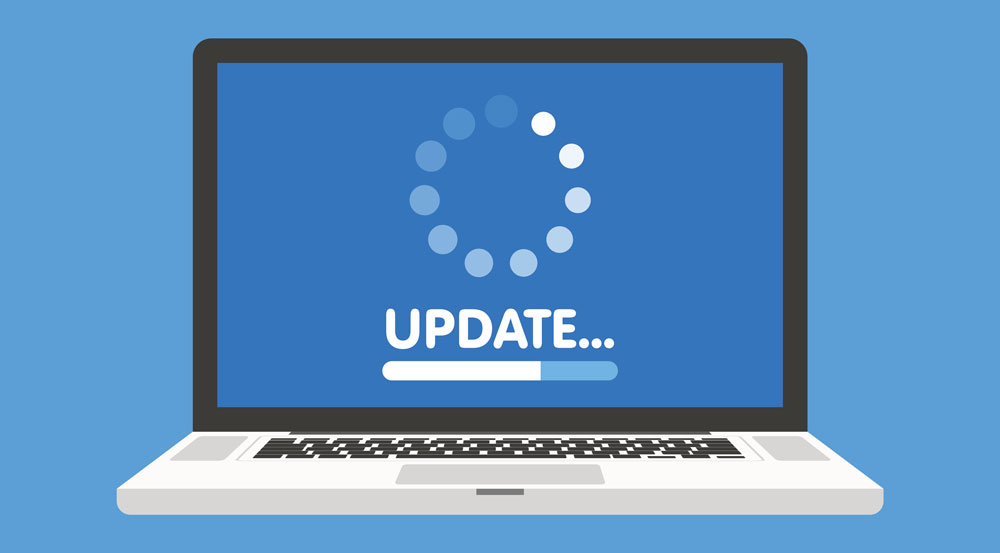
The implications of running outdated software can be divided into three main categories:
Security implications
Using outdated software can have severe security implications, such as:
- You no longer receive security patches from the vendor, leaving your systems vulnerable to known exploits.
- Threat actors (i.e., hackers) may have already reverse-engineered the software and developed malicious/exploit code, making it easier for them to compromise your systems.
- Running outdated software may cause compatibility issues with other software and hardware, leading to data loss or corruption.
- Using outdated software may violate your organization’s security policies, hindering a secure future and operational excellence.
Privacy implications
The privacy implications of using outdated software can be severe. If the software is no longer supported by its vendor and contains sensitive information, you could be at risk of receiving a data privacy fine. Or worse, exposing private data to the world.
For example, in the United States, the Federal Trade Commission (“FTC”) is taking action against education technology provider Chegg Inc. for failing to patch vulnerabilities that exposed sensitive information about millions of its customers and employees, such as Social Security numbers, email addresses, and passwords. Chegg allegedly couldn’t address problems despite four security breaches over a five-year period. According to the FTC’s proposed order, the company must immediately address vulnerabilities and take additional steps, such as limiting the amount of data it can collect and retain, providing users with multifactor authentication (“MFA”) to secure their accounts, and allowing users to access and delete their data.1
Productivity and Business Continuity implications
Outdated software can have severe productivity implications for a business. For example, if the software runs slowly, crashes frequently, or is otherwise difficult to use, it can frustrate employees and disrupt your business operations.
This can, in turn, lead to a poor customer experience, damaging a company’s reputation and bottom line. Therefore, it is important to keep software up to date to avoid these problems.
Debunking Technology EOL/EOS Myths
We know there are many myths surrounding EOL/EOS that create a great deal of confusion for businesses like yours. So, let’s debunk the most popular myths.

Myth #1: “If it’s not broken, don’t fix (or replace) it.”
The adage “if it ain’t broke, don’t fix it” is popular, but it is unwise to follow when it comes to software and hardware. The truth is that if you fail to update your software and hardware when the time comes, you expose your business and network to security vulnerabilities, bugs, and other issues.
There are several reasons to keep your software and hardware up to date. Newer software and hardware versions are usually more stable and less prone to crashes and bugs. Moreover, new updates frequently include security patches that keep you safe from cyberattacks. Finally, updates may include new features and enhancements that can make your life easier.
The next time you’re tempted to skip an update, remember you could be kickstarting a chain of events that’s not good for your organization.
Myth #2: “End-of-Life means the product will no longer exist.”
Although the product will still be available, it will no longer receive security updates, new features, or technical support from the manufacturer. This means that it will become increasingly vulnerable to security risks and may be unable to keep up with your workload.
If you’re using a piece of hardware or software that has reached the end of its life cycle, you should have a plan to upgrade to a newer model or invest in a new, supported software license.
Myth #3: “End-of-Service means I can still use the product until it breaks.”
While the software or hardware might still physically work, being in EOL/EOS state means there’s no longer a team of people working to improve the product or look after, communicate, create, and release patches should a new security vulnerability arise.
This could leave you prone to attacks, as well as unable to use new features and capabilities that are released. Knowing the EOL/EOS dates for your software and hardware can help you plan ahead and ensure you’re not left in the dark when support ends.
So, what should you do?
4 Practical Steps to Take When Hardware and Software Expire
As mentioned, when a software or hardware product reaches its EOL or EOS, that means it is no longer supported by the manufacturer. The good news is that there are steps you can take to mitigate the risks that come with EOL software/hardware and protect your business.
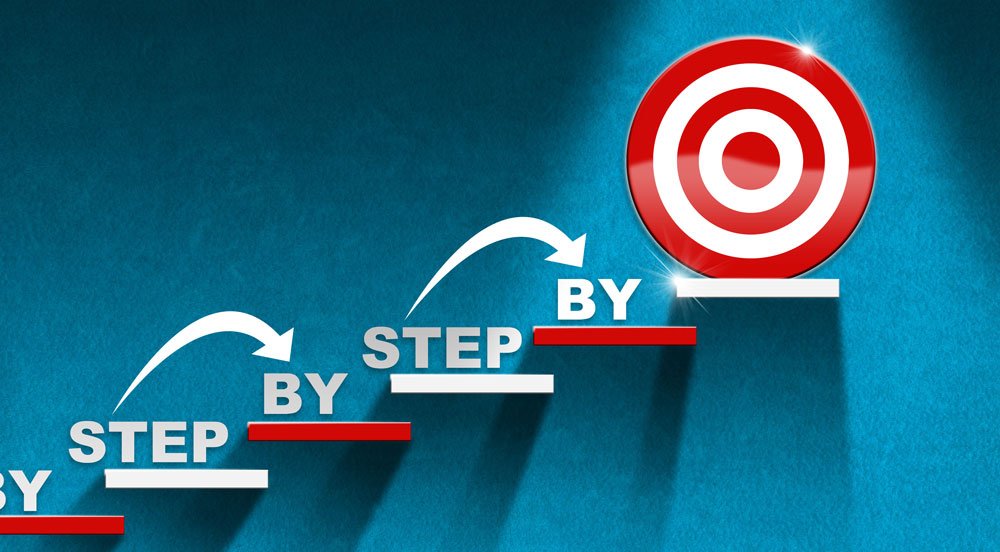
Although there may be a sufficiently large list of practical steps, the four most impactful ones are:
Step #1: Prioritize security.
Organizations need to prioritize security immediately after identifying EOL software/hardware. Work with a reputable vendor who can provide essential security protocols and tools to keep your data safe. Also, create a plan to keep any potential security risks at a minimum. This might include implementing additional security measures, such as multi-factor authentication or increased monitoring of high-risk areas. By taking these precautions, you can ensure your organization’s data is protected against threats.
Step #2: Measure productivity.
As your software/hardware nears the end of its life, it’s crucial to measure its productivity so that your organization doesn’t suffer. Here are a few things you can do to minimize any negative impact on your organization:
- Keep track of the software/hardware performance, such as uptime/downtime, response time, etc. This will help you identify if any issues escalate.
- Ensure employees who use it are aware of its status. This will help them be more receptive if there are any problems.
- Have a contingency plan in case the software/hardware completely fails. This will help you avoid any major disruptions to your organization.
Step #3: Evaluate long-term needs.
When planning for the future, it’s critical to consider the long-term viability of your essential systems. What are your objectives, and which systems are crucial to achieving them?
Evaluating the risks of using EOL systems is a vital step when deciding whether to upgrade. What are the consequences of continuing to use an outdated system? What are the chances the consequences will happen, and how severe would they be?
Taking these factors into account can assist you in making the best decision for your organization, ensuring you have the right systems in place to support your goals.
Step #4: Test compatibility before migration.
The EOL/EOS date for a system can be months or years in the future; however, planning for the migration should begin well before that date. By doing so, you can avoid any disruptions that may occur during the migration process.
Testing compatibility is one of the first steps in upgrading or migrating to a new system. You must ensure that all your data and applications can be transferred to the new system. Setting up a test environment and running some tests is the best way to accomplish this.
Collaborate for Success
Hopefully, it is clear by now that EOL/EOS software and hardware can pose significant risks to your organization. Implementing all the practical steps listed here to avoid these risks can be overwhelming if you don’t have assistance. This is where an IT consulting service provider like Abel Solutions can come in handy. We can even help you determine where your systems are in their life cycle, which is not always a simple task.
We can help you protect your company from the dangers of EOL/EOS software and hardware. To learn more, please connect with us today.
To learn more, check out our infographic “What Does End of Support Mean for Your Business?” by clicking here.
Sources: 1ftc.gov
